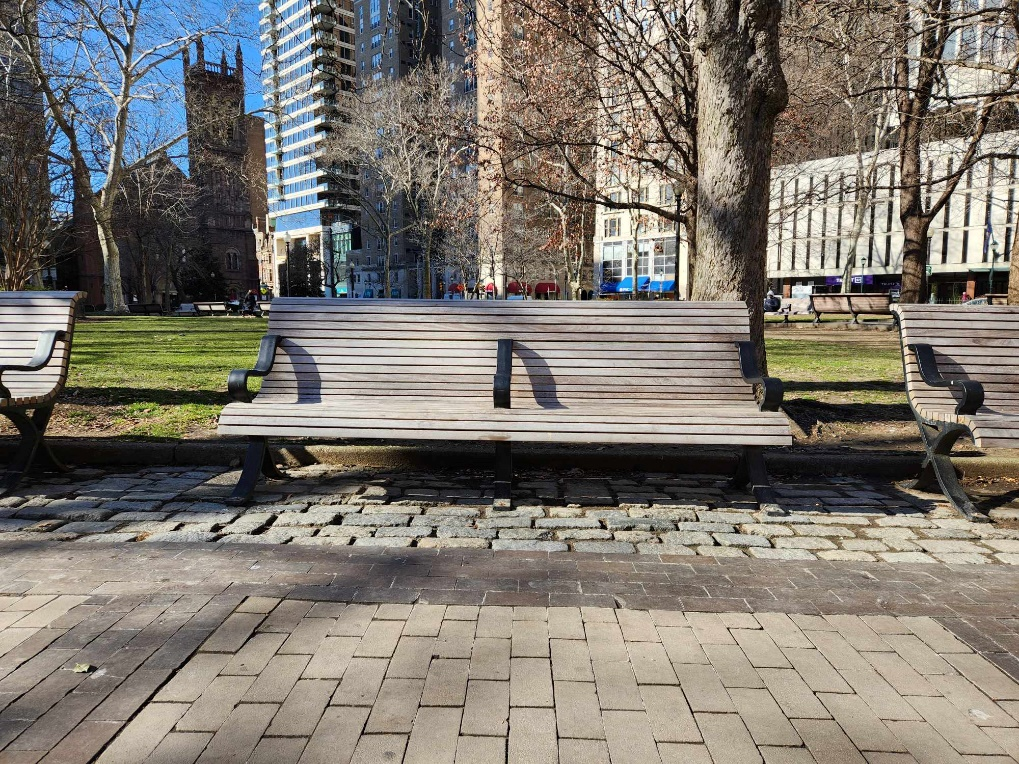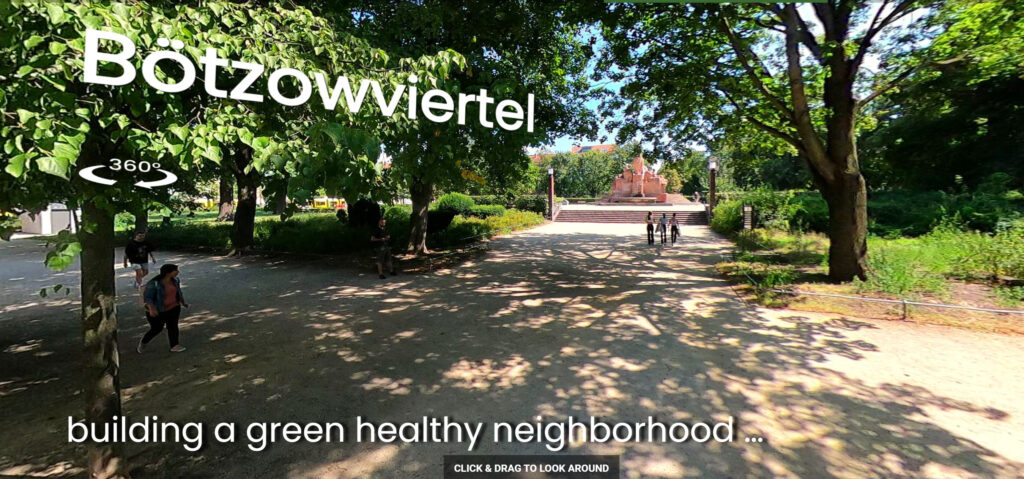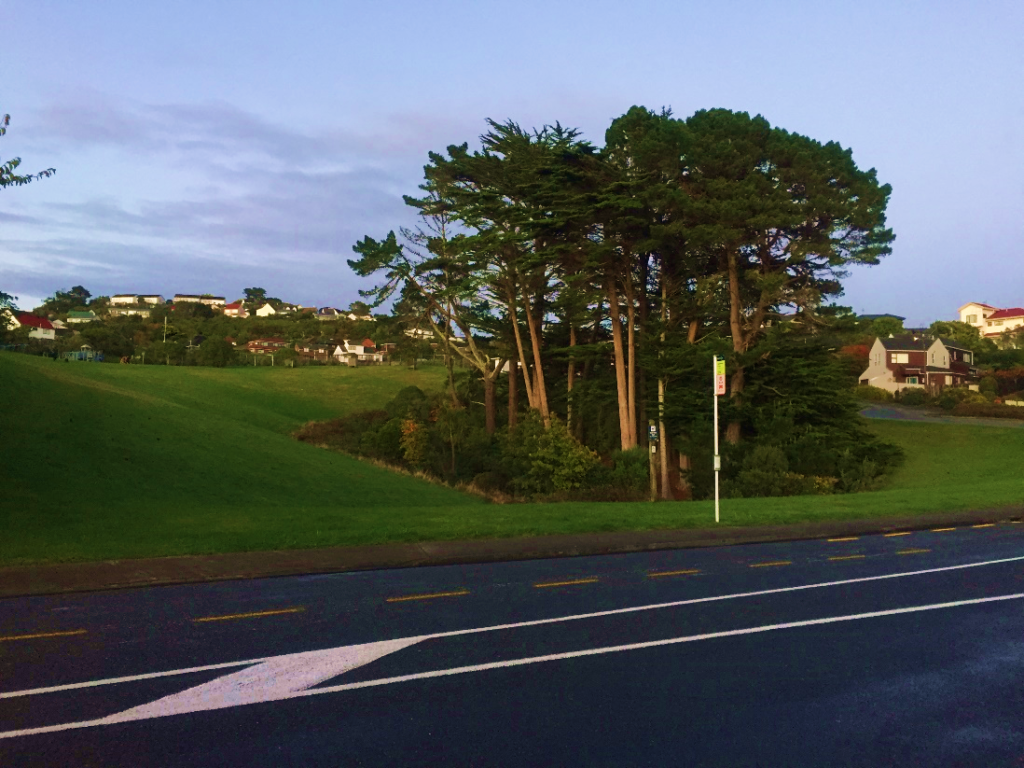City Know-hows

Death remains an ever-present threat to the unhoused community. Hostile architecture designs like benches with middle armrests or spikes along ledges likely contribute to the massive health disparities homeless individuals face. It’s time to design something new.
Share
Target audience
Urban planners, city planning officials who play a role in how public spaces are organized and constructed, public health officials whose research interests are in the homeless population or the built environment
The problem
Individuals facing homelessness are also subjected to vast health disparities compared to those living in stable housing. Some of these health disparities may be due to the built environment of our cities, specifically how public spaces are built or include design features to exclude the presence of the homeless population (commonly known as “hostile architecture”). To date there is little research or speculation about the health effects of these designs.
What we did and why
This article introduces hostile architecture to the readers utilizing a theoretical background and real-world examples, as well as explores various aspects of the health and wellbeing of those who face absolute homelessness. I then discuss how conceptually there is likely a relationship between hostile architecture and the health of the unhoused population. Utilizing the tools of urban bioethics, I outline several ethical frameworks to judge this relationship.
Our study’s contribution
This article sheds light on an aspect of public design that is an emerging subject in the public and academic spheres. New to the discussion of hostile architecture is how it may influence health outcomes of the unhoused population. I also introduce the subject to the field of urban bioethics, which would likely have much to say in regard to further research and consideration of using hostile architecture.
Impacts for city policy and practice
This article is only a conceptual discussion of hostile architecture and homeless health. Further research is warranted to fully understand the extent that these designs may be harming this population and how to adequately advocate for these individuals. Careful re-design of our public spaces may be warranted, however further funding for homeless resources and housing programs are likely to generate the greatest impact on improving homeless health disparities.
Further information
Full research article:
Related posts

On this webpage, follow the Bötzowviertel case, a neighborhood streetscape analysis with pedestrian solutions.

This paper explores the relationship between parents’ sense of belonging and their children’s independent mobility. We found that parental satisfaction with their living environment can be influenced by their sense of belonging, ultimately creating a community with more independent children.

Implementing community participation in planning of public open spaces is one of the most useful and effective means to encourage a higher sense of community.